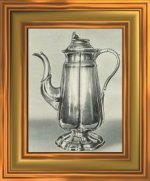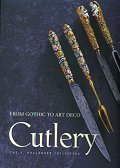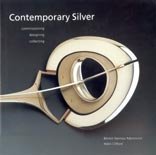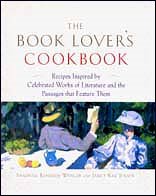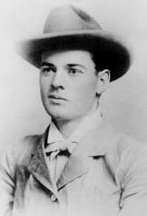
I like books which have interesting stories to tell beyond the text, and I also like association copies- a copy of a book which belonged to somebody interesting. Every so often a book comes along that combines both, and we’ve got one in our new Spring catalog (you knew that’s where this was going, didn’t you?).
James Walter wrote "Memorials of Washington and of Mary, His Mother, and Martha, His Wife, from Letters and Papers of Robert Cary and James Sharples" in 1887. On the surface, as John Lovari, writing in Karpel’s “Arts in America” writes- it is “Apparently an interesting and valuable account of Sharples's connection with the Washington family, with comments on Robert Fulton and his friendship with Sharples and on the two men as artists and scientists.”
But all is not as it seems... Lovari continues-
“Although this is a seemingly plausible and valid description of the book after a first reading of it, the work, an abridged version of which had appeared in 1886 under the title 'History and Descriptive Details of Middleton's Portraits of Mary, the Mother of Washington', ranks with Clifford Irving's recent 'biography' of Howard Hughes as one of the major hoaxes of the publishing world. Walter was attacked on twelve points of plagiarism, forgery, and fabrication of evidence by the members of the Massachusetts Historical Society".
Well now.
All that’s interesting enough, but this copy has the small printed book ticket of the noted American book collector Grenville Kane, the bulk of whose Americana and Incunabula collections are now at Princeton. In addition to being an important book collector, Kane was also a founding member of the Tuxedo Club, a group of wealthy New Yorkers who summered together at Tuxedo Park in upstate New York; the group was responsible for introducing to American Society the new-fangled semi-formal dinner jacket worn at a dinner by the Prince of Wales, and naming it the... yes, that's right.
ok, I'll admit that I'm pretty easily amused, but I think that's fairly cool.
Our new Spring catalog is now available online or as a printed catalog; please let us know if you would like a copy.




